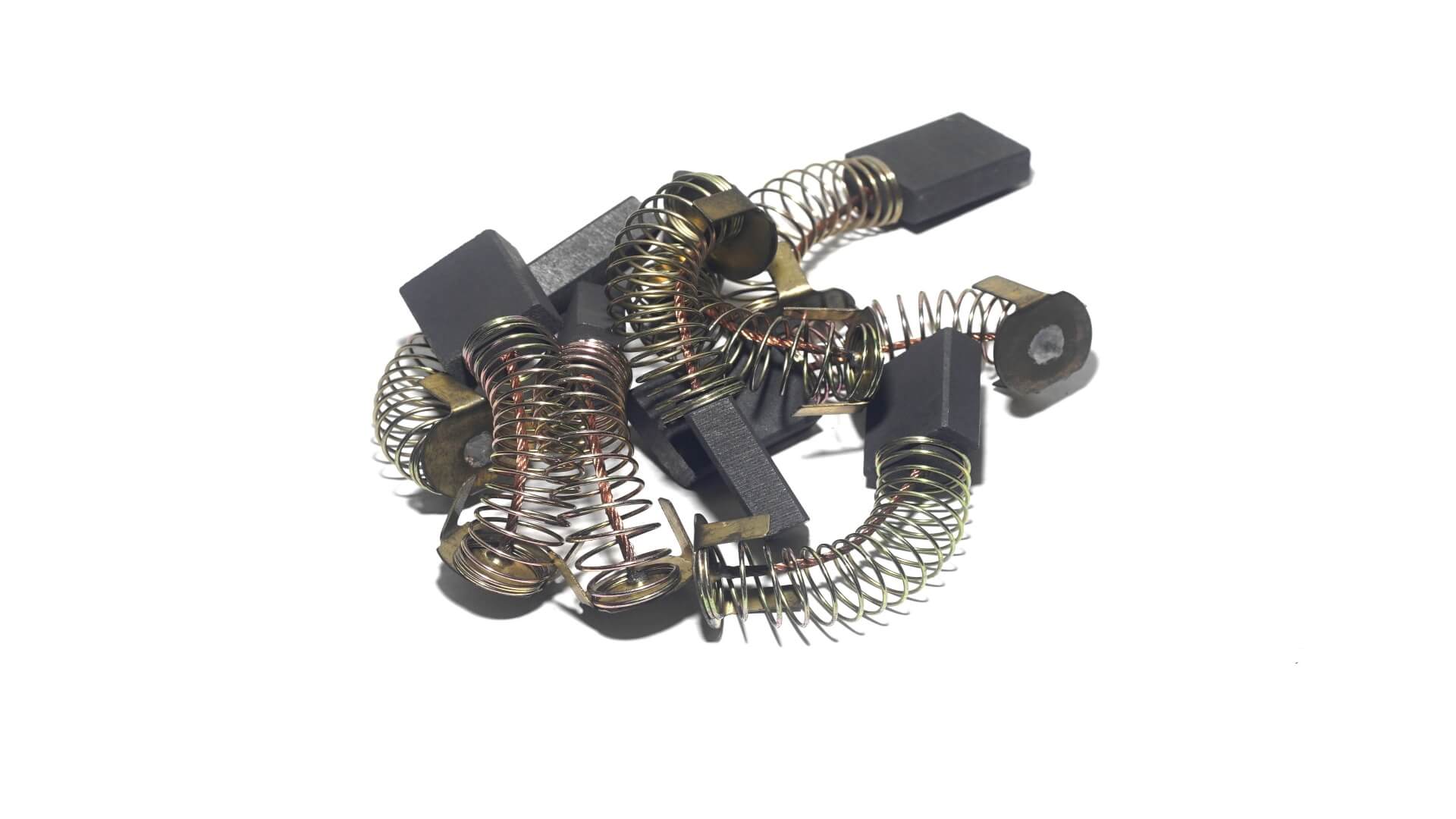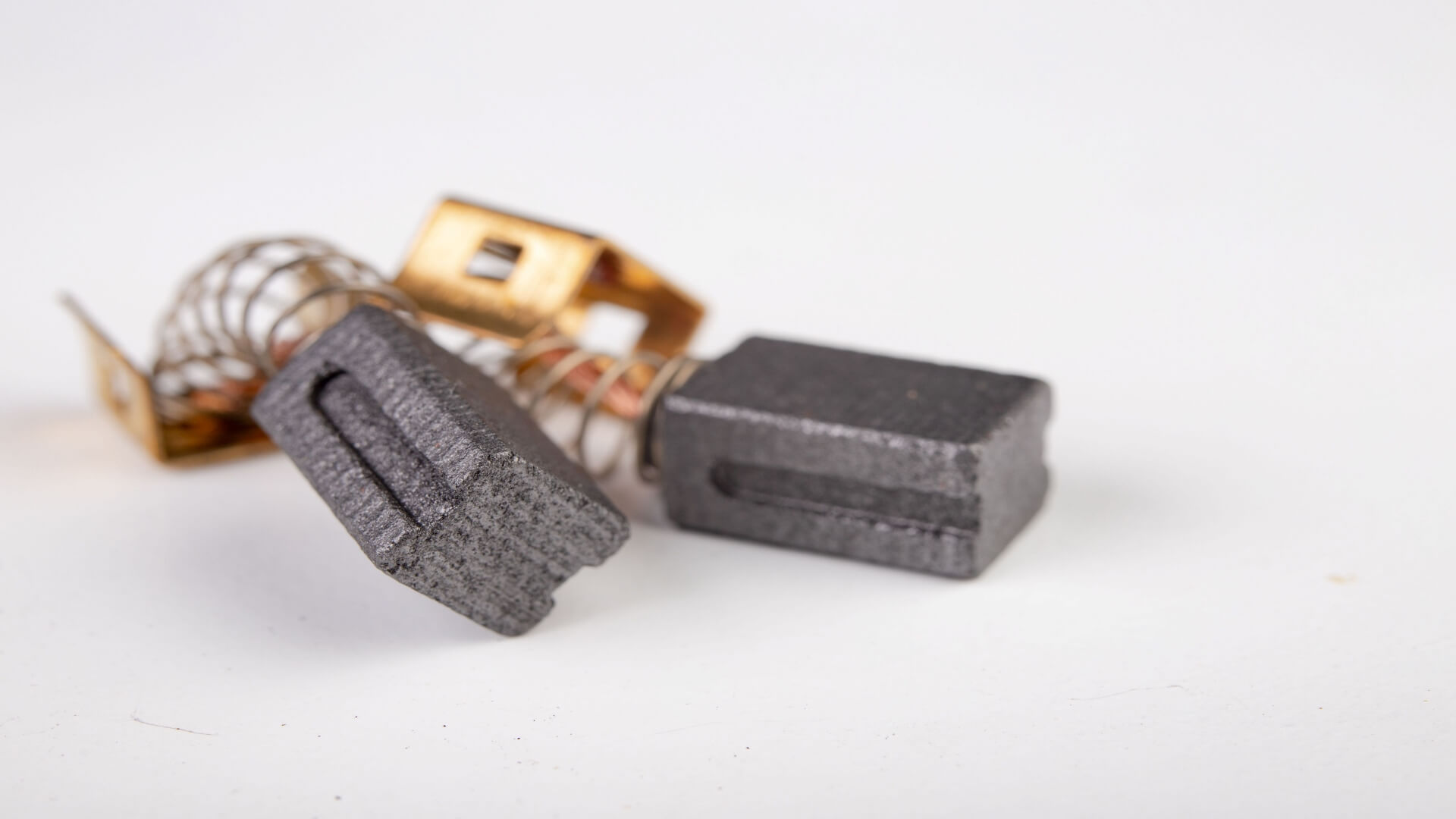Power tools are used in construction projects. They’re fast and efficient. But the reality is that
they break down just like any other tool. The carbon brushes inside the motor can also
malfunction, leaving unfinished tasks. Here are ways to tell if your power tool carbon brushes
need replacement.
Carbon Brushes Causing Poor Performance
An operator accustomed to using a power tool would know if it’s in good condition or if the
device is functioning poorly. In general, one would link it to malfunctioning components, as an
overused carbon brush can impact the power tool’s overall performance.
If you look at your power tool, you may notice that it may need maintenance because of the
debris and dirt. The dirt can find its way to the carbon brush area, gradually eroding the carbon
brush. You can look into sources like Top Deals Online, where you can find quality information
about carbon brushes immediately.
The carbon brush must connect to the armature commutator to keep the flow of current steady
and the motor running. If the carbon brush continues to erode, the connection stops, and the
brushes cannot power the motor of the power tool anymore.
The interrupted current manifests in low power. Even if it’s plugged into a wall socket/, the
power tool becomes useless because of the disconnection inside. It also won't be able to turn its
maximum turns per minute needed to accomplish the job.
The Power Tool Sparks
Some power tools may spark due to friction, like when an angle glider is used on a material. A
spark is a sign of a problem when it’s coming from the inside of the electrical tool. It could mean
that the carbon brush has reached its end.
Carbon brushes are small and thin parts that connect electrical currents within the motor. Sparks
are caused because the tool cannot correctly conduct electricity anymore. The scattering sparks
eventually block the air ventilation of the power tools. To avoid electrical shock and fire hazards,
sparking carbon brushes must be immediately replaced.
The Power Tool Produces Strange Noises
You’re using the power tool the way you typically do, and it starts making strange noises. A
banging noise is common for power tools that have malfunctioning carbon brushes. The
component could be stuck in the commutator slots and cause a banging noise because of the
armature that keeps spinning. When it bounces off the commutator, that also causes loud
thumping.
When a power tool starts making an unusual noise, either the carbon brush or other parts are
loose of broken. It tells the user to stop using and unplug the power tool. The carbon brush might
need replacement. Ignoring the sound can further damage the tool.
Deformed carbon brushed will bounce on the commutator while the armature spins. It’s
inevitable also to hit nearby parts and make a sound that shows it’s not in good working
condition.
The Power Tool Becomes Shaky
Normal working power tools can turn on smoothly without shaking. But sometimes, they start
working when you need to give it a light tap, knock, or kick. If you have to do these, your carbon
brush might be broken.
There’ll be an incomplete current connection if the carbon brush becomes stuck in its channel
and needs to connect to the armature properly. The carbon brush must complete the circuit for
the power tool to restart. The user may have to give the power tool a light tap to gently force the
carbon brush to connect with the armature to power up the tool.
If the problem persists, you’ll need to replace the carbon brush to use the tool continuously.
You Can Smell Something Burning
Power tools run on motors that constantly rotate and produce heat. Anything that uses electricity
will generate heat. That’s also the case when friction occurs from any of the components. But it’
unusual if the device begins producing a burning smell after a few seconds to minutes while
operating the tool.
When carbon brushes are overused, they’ll create a smell along with some smoke or sparks.
Once you smell something burning from the power tool, please turn it off and unplug it from the
power source. Inspect it, as it may need a carbon brush replacement.
In Conclusion
Carbon brushes are small components responsible for conducting current between the moving
and unmoving parts of the motor. You’ll need to replace it when it smells and produces sparks.
The tips above will tell you when carbon brushes need replacement.


































